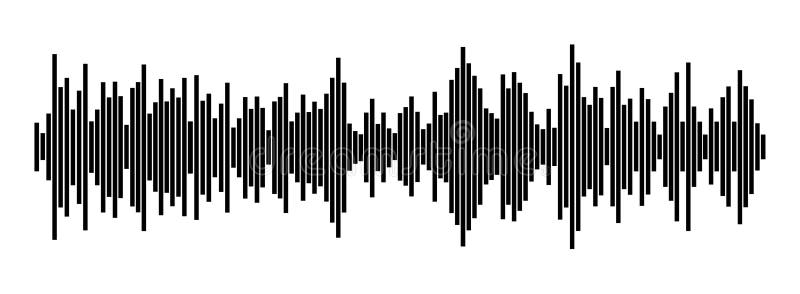

To our knowledge, this is the first time that the migration of individual avian herbivores has been successfully studied with respect to vegetation phenology using the satellite-derived GWI. the assumed date of peak nitrogen concentration), thereby implying that barnacle geese track high quality food during their spring migration. Despite these differences among geese populations, the phase of vegetation greenness encountered by the GPS-tracked geese was close to the 50% GWI (i.e. Our results showed that the Russian and Svalbard barnacle geese followed the middle stage of the green wave (GWI 40–60%), while the Greenland geese followed an earlier stage (GWI 20–40%). Data were collected over three years (2008–2010). Here, we use the satellite-derived GWI to examine the green wave hypothesis with respect to GPS-tracked individual barnacle geese from three flyway populations (Russian n = 12, Svalbard n = 8, and Greenland n = 7). To date, this index has not been used to test the green wave hypothesis for individual avian herbivores. A derived index, the green wave index (GWI), has been successfully used to link altitudinal and latitudinal migration of mammals to spatio-temporal variations in food quality and quantity. The satellite-derived normalized difference vegetation index (NDVI) time series is an ideal proxy indicator for the development of plant biomass and quality across a broad spatial area. However, testing this hypothesis is hampered by the large geographical range these birds cover. The green wave hypothesis predicts that herbivorous waterfowl will follow the wave of food availability and quality during their spring migration.

Many migrating herbivores rely on plant biomass to fuel their life cycles and have adapted to following changes in plant quality through time.


 0 kommentar(er)
0 kommentar(er)
